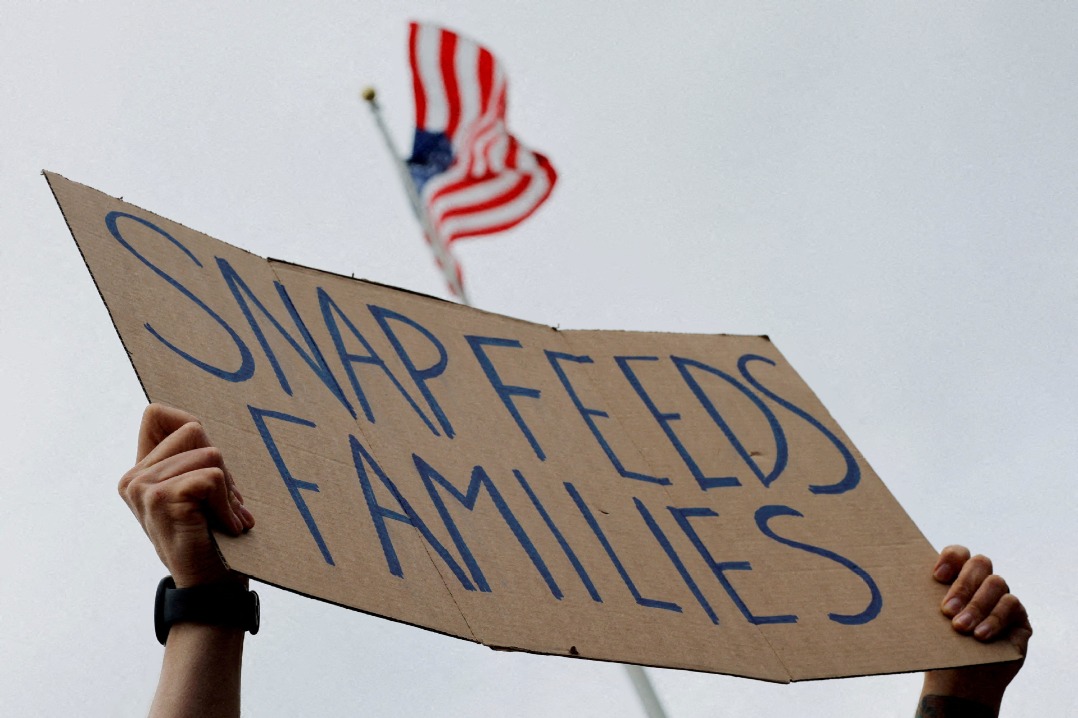The rising 'one' population

Household impact
As recently as 1940, 61 percent of single-person households consisted of renters, but today owners are in the majority, with the 2013 American Housing Survey reporting that 54 percent of single-person households were owner-occupied.
According to the survey, between 2003 and 2013, owners accounted for 55 percent of the growth in single-person households. And among single-person households led by someone under the age of 45, two thirds are renters, but among single-person households with someone over the age of 65, owners are a 70 percent majority.
Single-person households tend to spend more on housing than others, and these households may prefer to rent rather than buy houses. And even if they do buy a house, the preference is for multifamily homes rather than single-family ones, according to Deloitte senior US economist Daniel Bachman.
That may influence the structure of the housing market, which is still recovering from the impact of the recession of 2008 and recent changes in housing finance, Bachman wrote in an article.
"We know that multifamily construction recovered more quickly than single-family construction and remains relatively strong," Bachman told China Daily. "This may be because of greater demand for smaller housing units."
He said it also may be due to financial limits (mortgages for single-family homes have become harder to obtain) or because of greater demand for living in central cities, where people are more likely to live in multifamily buildings.
A 2018 study by the real estate listings site Zillow indicates that single women can afford to purchase only 39 percent of US homes on the market, but they are buying them at a rate that far exceeds that of single men, who are able to purchase more than half of the homes currently for sale.
"The housing market will need to make lots of changes to accommodate the growing number of single people, especially the single women who are buying a lot of homes," said DePaulo. "Some will want small places, such as studios or one-bedroom places, though others will want an extra bedroom for a study or for guests."
"In a situation of rising income inequality, the ability of affluent two-earner couples to outbid single people for homes is a real problem," said Coontz, adding that it's exacerbated in America by the extremely uneven quality of local schools, so that people get into bidding wars over homes in good school districts.
"We have to think through our housing policies, zoning laws and social investments to find better ways to produce affordable housing (for singles)," she added.
A rise in single-person households may aid labor market mobility, according to Bachman. With fewer attachments to property and free of marital burdens, these individuals may be more open to shifting cities for jobs, which could make the labor market more mobile.
US fertility rate falling
At the same time, single-person households will have to cope with lower availability of informal personal care from partners, Bachman wrote. Such nonmarket production (as economists would define it) may need to be replaced by purchased personal care services, especially health and nursing care, which could significantly impact the healthcare industry.
In 2017, the fertility rate in the US hit a historic low, data published by the Centers for Disease Control and Prevention last year shows.
The number of births in the US dropped by 2 percent between 2016 and 2017, to 60.2 births per 1,000 women ages 15 to 44. It's the lowest the rate has been in 30 years.
"Fertility rates are falling, and lifelong childlessness is on the rise, but most women continue to have at least one child, even if they do not marry," Coontz said.
She added that obviously it's hard to raise a child on one's own, without a partner or a supportive kinship group, and it's especially difficult when money and time are scarce.
"But this is an issue that societies have to face head-on instead of wishing it would go away," she said. "Marriage-promotion efforts have been singularly ineffective all around the world where they have been tried."
Coontz said it's important that government provides a safety net for all children.
DePaulo said the increase in the number of single households has implications for all aspects of society, and more things will need to change as the single population continues to grow.
For example, she cited how food is sold.
"Supermarkets can't just offer big family-sized packages of things," she said, and prices on things also need to be fair so "single people should not be charged more per person than couples are''.
"The way we value other people also has to change," DePaulo added.

































